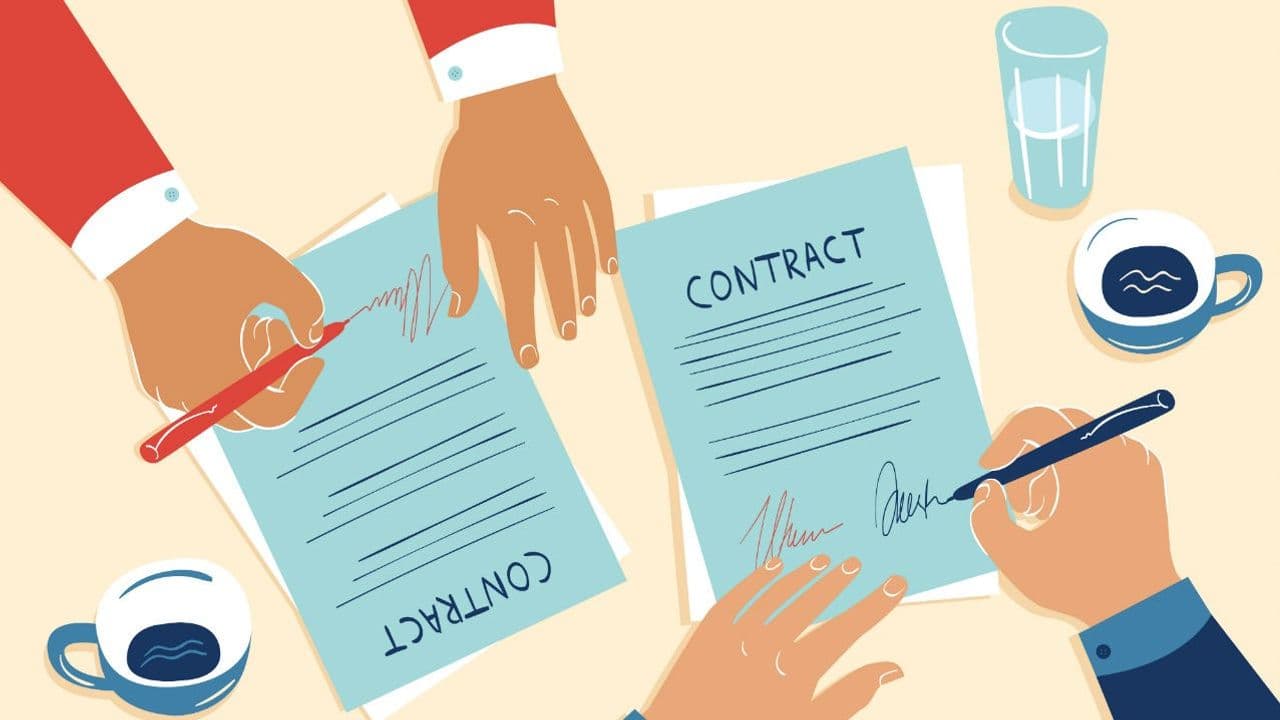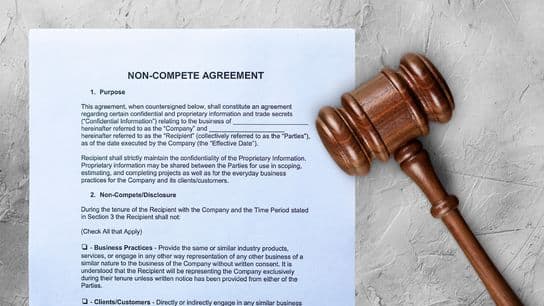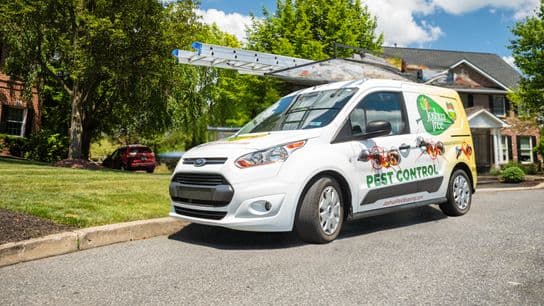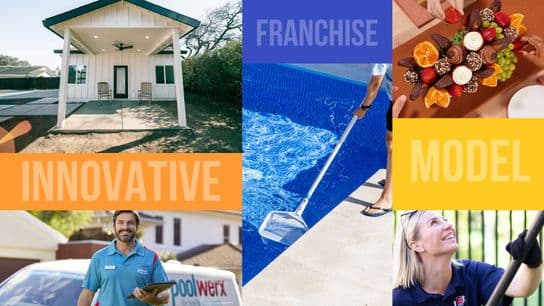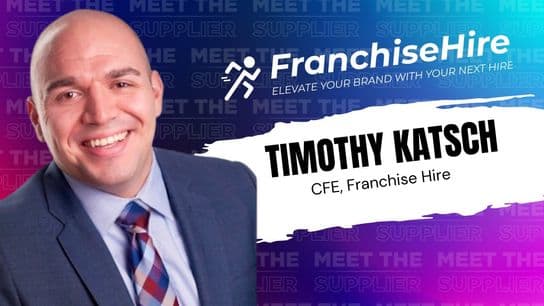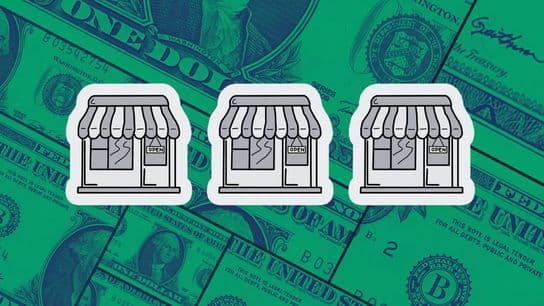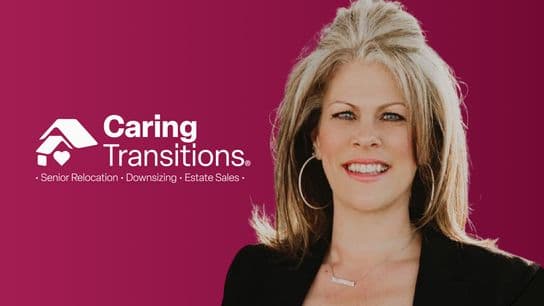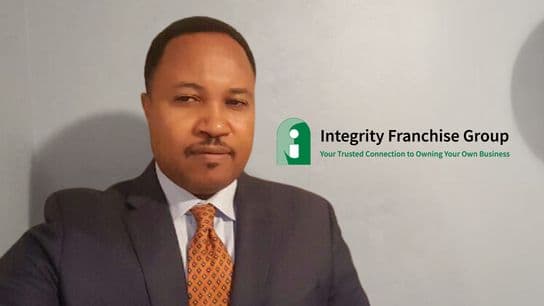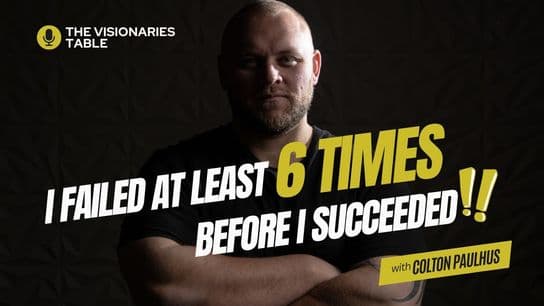Part 5: How to Get More Deals
Your brand, your model, your value proposition and the reality of what you deliver to the client is your secret to sales.
When it comes to storytelling, less is more. Salespeople are traditionally trained that leads, leads and more leads are the pathway to more sales. Without them, you won’t have sales, yes, but in this digital world, the objective should be to increase the qualified, ready-to-buy leads over the tire-kicking leads that are simply wastes of time. This mindset is always evolving, but it will take time for complete buy-in; especially since the mindset may shift to finding leads in the more qualified category.
This will be challenging given my previous statement that there are more brands fighting for the same amount of qualified prospects. Less is more may have to be the future of growth for brands that don’t have that unicorn product that instantly propels them forward.
Every brand thinks they have the best product or best sell to the end user. Their advertising tells you that. But, mathematically, not everyone can be everything to everyone. Smart growth will lead to the next big brand – the high investment brands that grow 20 percent a year; or the low investment brands that grow slightly more. Sustainability of the value proposition will win the long-term race.
If there are more brands competing for the same amount of prospects and spending more to do it, then the cost per lead will continue to climb. If it costs you $5,000 to get a deal in 2008, it may cost you $15,000 today. This means if you want to grow outside of your internal referral network, you have to be ready to spend once you have the right positioning, the right marketing strategy and a realistic goal in place. That may be difficult for those who are used to the way it’s always been done, where you pay more for less. But, the data is the data.
I mentioned that old school still has value. It really does. Let’s say an airline magazine is the unicorn of sales advertising. Let’s say that this month, there are four brands advertising in it. If there are 50 prospective buyers in that issue and brand one gets 15 leads, brand two gets five leads, brand three gets 20 leads, and brand four gets 10. And yet, each brand calls it a success; then everyone wins. But, magazines rarely reinvest their audiences issue to issue. So next month, for example, let’s say 10 brands now advertise and there are 50 more prospects—the numbers then get distributed tighter, and not all brands feel great about the results. In fact, brand three only gets 10 leads and has the perception that it is now purchasing a failed ad buy (even if all it takes is one out of the 10 to buy its widget).
With old school marketing, what is one area every brand budgeted for in the past and rarely does today? Direct mail. If the clutter from competitors is no longer present, doesn’t that create a new opportunity?
If it’s my money, I want to play in both areas; where the competition plays (so that my brand is invited to the dinner table with prospects) and where they don’t (so that I can own more value in what I spent on advertising). There will continue to be rotations in what works and what doesn’t. But, I have one more sales secret – and it’s a big one. At the end of the day, all the advertising in the world can’t put lipstick on a pig. Your brand, your model, your value proposition and the reality of what you deliver to the client is your secret to sales. If you don’t have something that someone wants to buy, you will simply be spending money for no good reason. This is why the positioning exercise from part one is so important to the sales process. This is why owned storytelling that has a long shelf life will help propel your brand; as it only takes one lead, one person to connect with your story, to get a deal done.
The gut feeling and perception of the end user is the most important piece of the sales process. Make the buyer feel signature. Only then will you get more customers.
